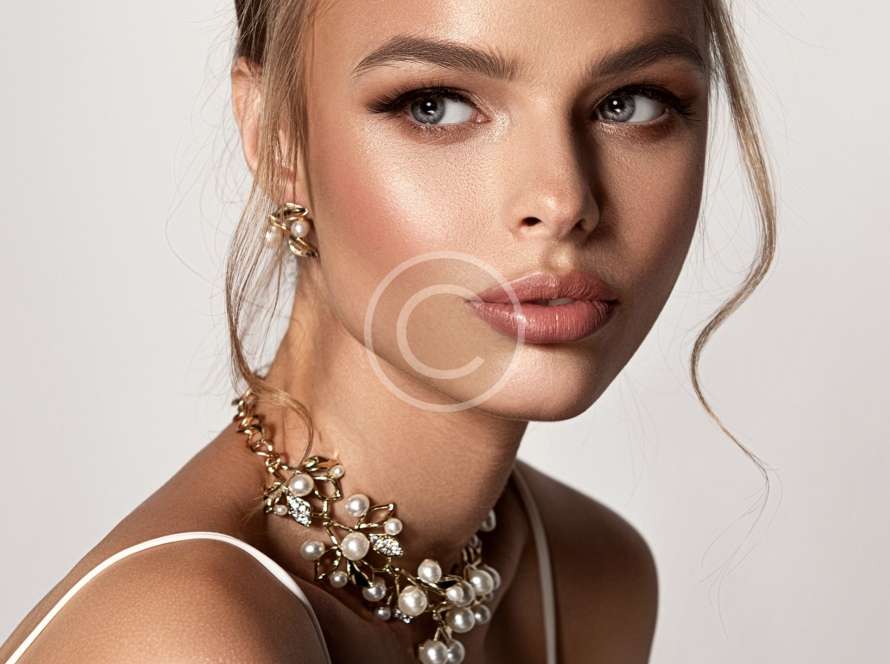Colors That Won’t Work for Your Daily Apparel: A Practical Guide
Choosing the right colors for your daily wardrobe can make a significant impact on your appearance, mood, and even how others perceive you. However, some colors may not work well for daily apparel, either because they clash with your skin tone, feel too bold for everyday settings, or simply don’t pair easily with other pieces in your wardrobe. This guide explores the colors to avoid for daily wear and provides tips on how to build a functional and flattering wardrobe palette.
1. Neon Colors: Too Bold and Distracting
Why Neon Doesn’t Work:
- Neon shades like bright yellow, green, or pink can overwhelm your look, making it difficult to blend with neutral or classic pieces.
- These colors tend to reflect too much light, which can strain the eyes and feel distracting in professional or casual settings.
- Neon hues may clash with certain skin tones, washing out your complexion or making it appear uneven.
Better Alternatives:
- Opt for softer pastel versions of neon colors, such as mint green, pale pink, or baby blue. These shades are easier to style and less overpowering for daily wear.
2. Bright White: Hard to Maintain
Why Bright White Isn’t Ideal:
- While white can look crisp and clean, bright white clothing is highly prone to stains, dirt, and discoloration, making it challenging for daily wear.
- It can sometimes create an overly stark contrast, especially for those with very light or very dark skin tones, making it less flattering.
Better Alternatives:
- Choose off-white, cream, or beige tones, which are softer, easier to maintain, and more versatile for pairing with other colors.
3. All Black: Too Heavy for Everyday
Why All Black May Be a Problem:
- Black is undeniably sleek and slimming, but wearing too much of it daily can feel overly formal, somber, or even monotonous.
- In warmer climates or seasons, black absorbs heat and may feel uncomfortable for prolonged wear.
Better Alternatives:
- Incorporate dark neutrals like charcoal gray, navy blue, or deep olive green for a polished yet lighter alternative to all-black outfits.
4. Super Saturated Reds: Overpowering and Aggressive
Why Red Can Be Challenging:
- Bright or saturated reds can come across as too bold or aggressive for everyday wear, especially in professional or relaxed settings.
- It’s difficult to pair with other colors without clashing or drawing too much attention.
Better Alternatives:
- Opt for muted reds like burgundy, maroon, or rust, which are more sophisticated and easier to style with neutrals.
5. Brownish-Yellow (Mustard): Tough to Match
Why Mustard Can Be Tricky:
- Mustard is a divisive color that doesn’t complement every skin tone, often making complexions look sallow or dull.
- It’s challenging to match with other colors, limiting its versatility in daily outfits.
Better Alternatives:
- Try softer, warmer shades like camel, honey, or gold, which can achieve a similar earthy tone while being more flattering and adaptable.
6. Deep Purple: Too Moody for Daily Wear
Why Deep Purple Falls Short:
- Shades like royal purple or eggplant can feel too dark and moody for everyday use, especially in casual or business casual settings.
- Purple is not as universally flattering as other colors and can be hard to pair with wardrobe staples.
Better Alternatives:
- Consider lighter purples like lavender or lilac, which offer a more cheerful and versatile option for daily wear.
7. Bright Orange: Overwhelming and Seasonal
Why Bright Orange Doesn’t Work:
- Bright orange tends to feel overly loud and is often associated with seasonal events (like Halloween or autumn), limiting its wearability.
- It doesn’t pair well with many colors, making it impractical for building cohesive outfits.
Better Alternatives:
- Choose softer tones like coral, peach, or terracotta, which are more flattering and easier to incorporate into daily apparel.
8. Overly Metallic Shades: Too Flashy for Everyday
Why Metallics Are Difficult:
- Metallic colors like gold, silver, or bronze can feel too flashy or glamorous for daily wear, especially in casual or professional environments.
- They can also draw attention to imperfections in fabric or fit, making them less forgiving.
Better Alternatives:
- Stick to matte finishes or muted metallic accents, such as subtle gold jewelry or shoes, rather than full metallic clothing pieces.
9. Grayish-Green (Olive Drab): Can Look Dull
Why Olive Drab May Fall Flat:
- While earthy tones are trending, grayish-greens like olive drab can appear dull or lifeless when worn in excess.
- This shade may not complement every skin tone, sometimes giving off a washed-out or fatigued appearance.
Better Alternatives:
- Go for richer greens like emerald, forest green, or sage, which bring a fresher and more vibrant feel to your outfits.
10. Pale Yellow: Risk of Washing Out
Why Pale Yellow Is Tricky:
- Pale yellow can make some skin tones look washed out, particularly for those with cool or fair undertones.
- It’s also harder to maintain, as it shows stains or discoloration easily.
Better Alternatives:
- Experiment with richer yellows like sunflower or amber, which are warmer and more forgiving for various complexions.
Tips for Building a Versatile Color Palette for Daily Wear
-
Focus on Neutrals
Build your wardrobe around neutral colors like black, white, gray, navy, and beige. These tones serve as a solid base for any outfit. -
Add Pops of Color Wisely
Introduce pops of color through accessories, such as scarves, belts, or jewelry, rather than committing to bold clothing pieces. -
Understand Your Skin Tone
- Cool Undertones: Look great in blues, purples, and jewel tones.
- Warm Undertones: Flatter earthy tones like olive, rust, and warm beige.
- Neutral Undertones: Can pull off a wide range of colors, from soft pastels to deep jewel tones.
-
Test Before You Commit
Try on different colors to see how they complement your complexion and pair with your existing wardrobe. Store lighting and natural light can make a big difference in how colors appear. -
Seasonal Adjustments
Rotate your color palette with the seasons. Lighter, brighter colors work well for spring and summer, while richer, darker tones suit fall and winter.
Conclusion
While fashion allows for experimentation, not all colors are practical or flattering for daily apparel. Avoiding overly bold, distracting, or hard-to-match colors like neon, bright orange, or metallics can help you build a versatile and cohesive wardrobe. Instead, focus on timeless, neutral, and universally flattering shades, incorporating pops of color and seasonal trends thoughtfully. By curating a well-balanced color palette, you’ll feel confident and look polished every day.


